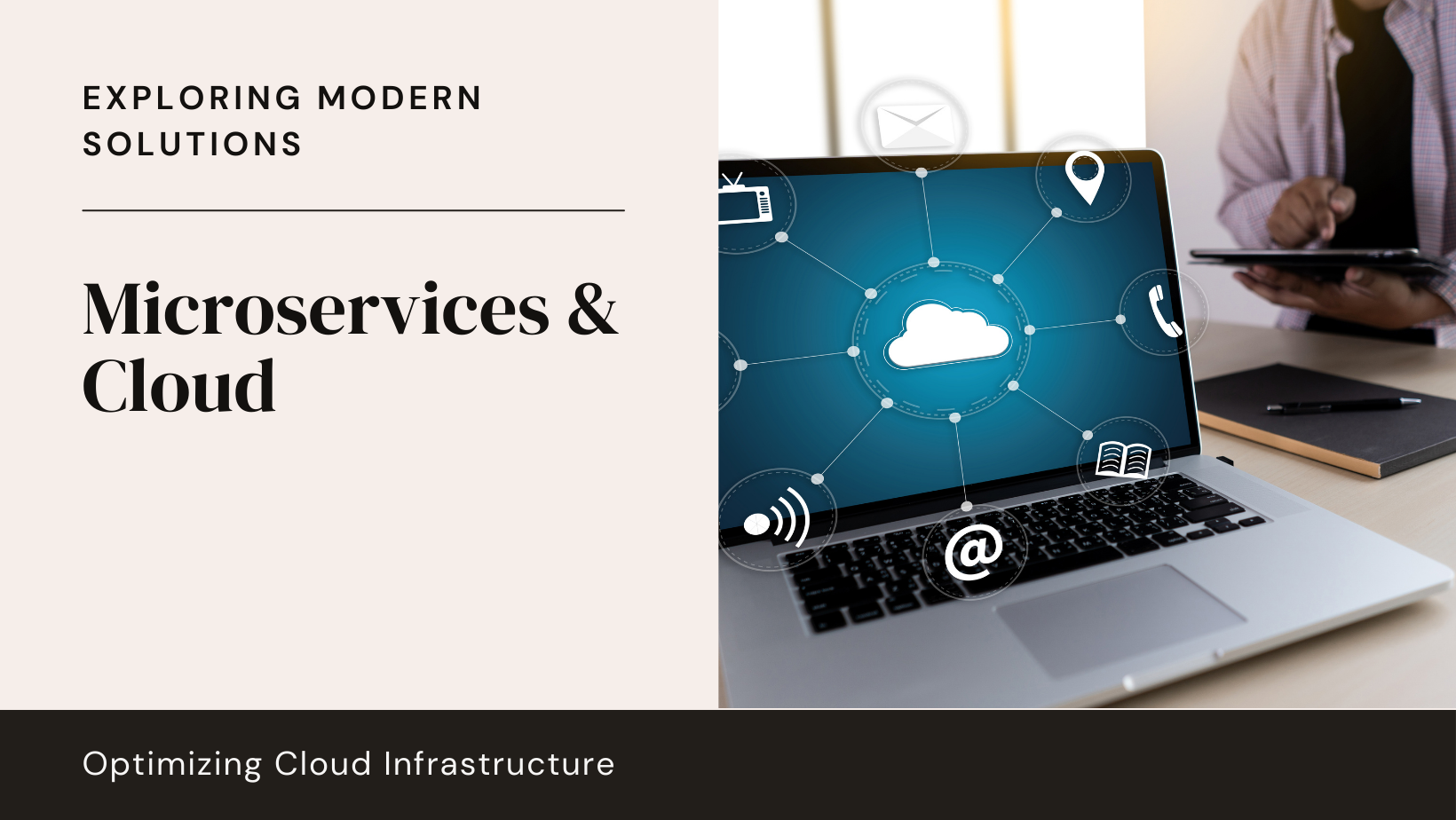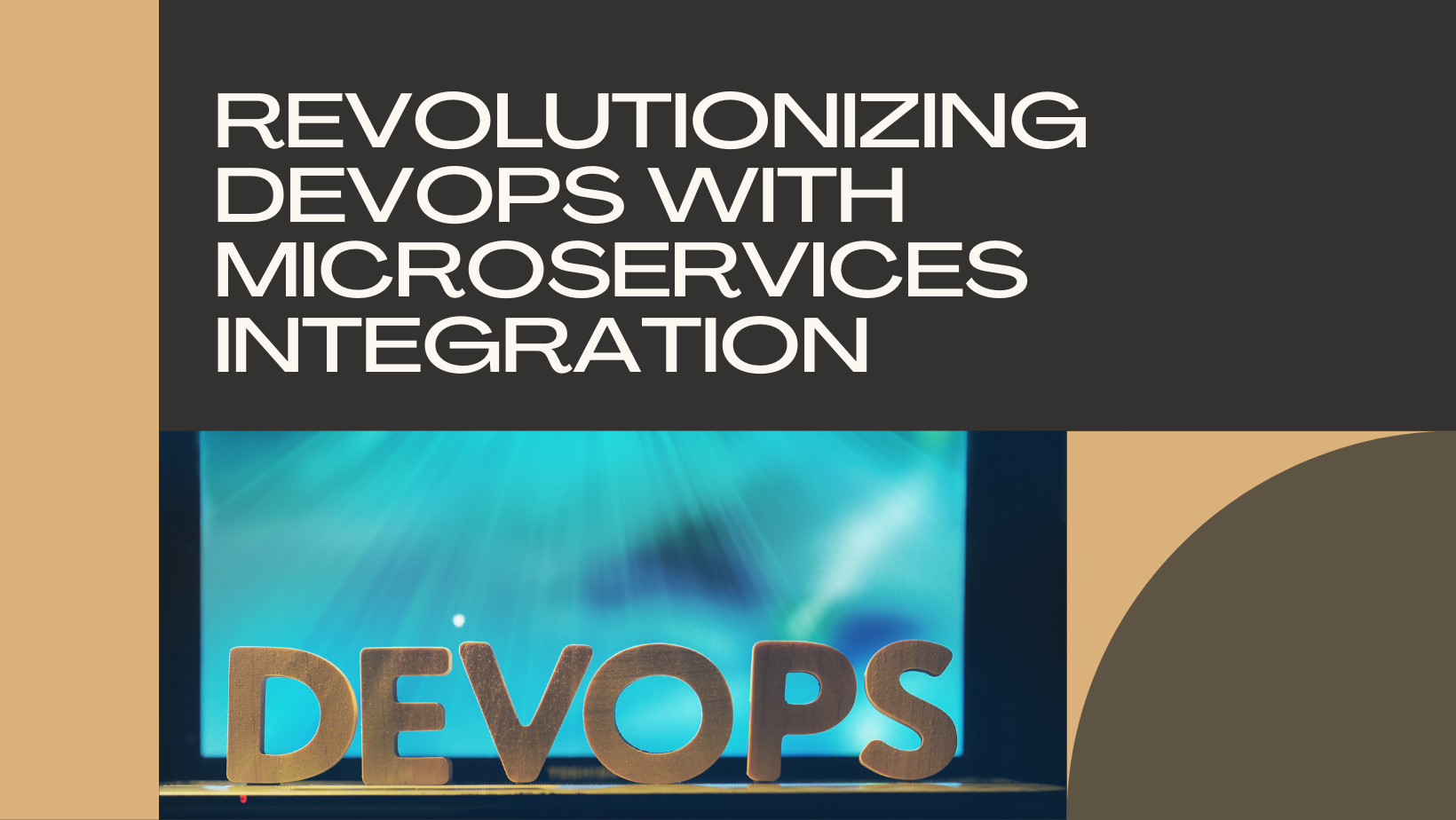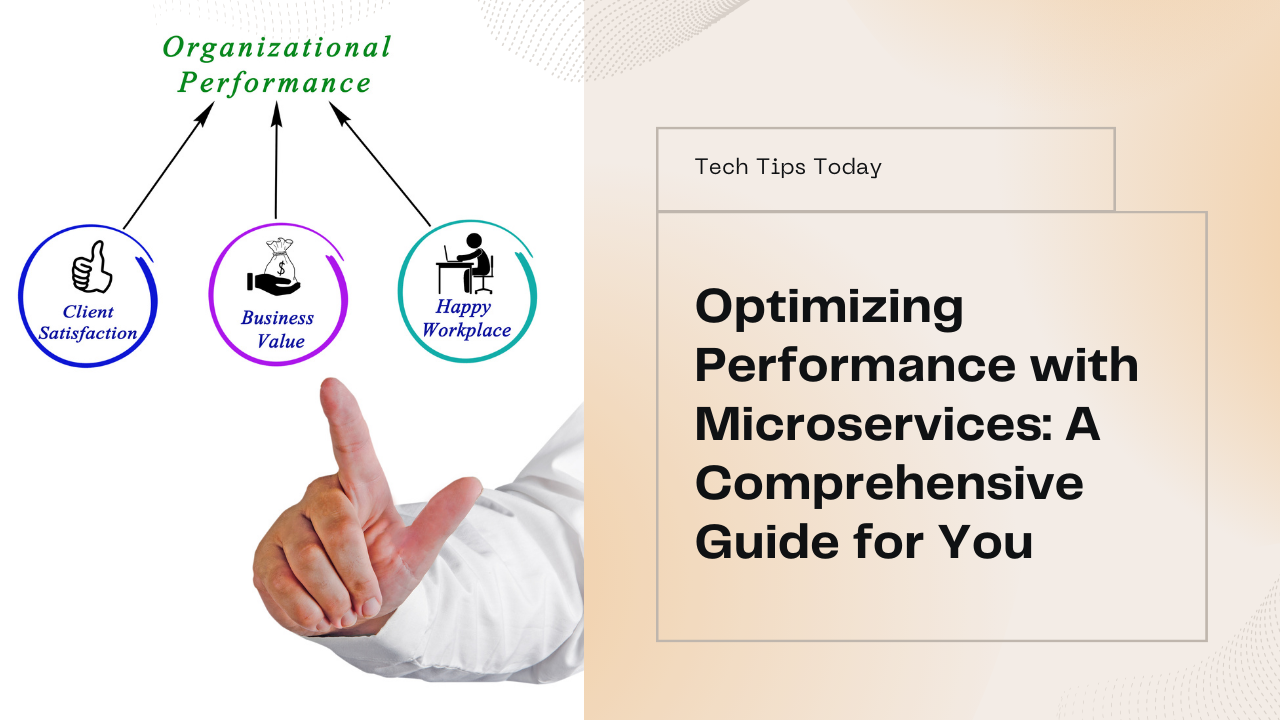In recent years, Microservices Architecture has emerged as a pivotal paradigm in software development, revolutionizing how applications are built and deployed in cloud computing environments. This blog explores the significant role of Microservices in cloud computing, highlighting its benefits, implementation strategies, challenges, and how Sodio Technologies leverages this architectural approach to empower businesses with scalability, flexibility, and innovation.
Understanding Microservices Architecture in Cloud Computing
Microservices Architecture is a design approach where a complex application is decomposed into smaller, loosely coupled services, each running in its own process and communicating with lightweight mechanisms such as HTTP APIs or messaging protocols. In cloud computing, Microservices enable organizations to break down monolithic applications into independently deployable services, facilitating agility, scalability, and efficient resource utilization.
Key Benefits of Microservices in Cloud Computing
1. Scalability and Elasticity
Microservices promote scalability by allowing individual services to be scaled independently based on demand. Cloud providers offer scalable infrastructure resources (such as compute instances, storage, and databases) that can be dynamically provisioned and scaled to accommodate varying workloads. This elasticity ensures optimal resource allocation and cost-efficiency, enabling businesses to handle peak traffic without over-provisioning resources.
2. Agility and Faster Time-to-Market
Cloud-native Microservices enable agile development practices, empowering development teams to iterate, deploy, and update services independently. Leveraging cloud platforms’ managed services, DevOps practices, and continuous integration/continuous deployment (CI/CD) pipelines, organizations can accelerate time-to-market for new features and innovations. This agility is crucial for responding swiftly to market changes, customer feedback, and competitive pressures.
3. Fault Isolation and Resilience
In cloud environments, Microservices enhance fault isolation by containing failures within specific services without impacting the entire application. Cloud providers offer built-in redundancy, fault-tolerant infrastructure, and automated recovery mechanisms (e.g., auto-scaling, load balancing, and health monitoring) that enhance application resilience. By decoupling services, organizations can achieve higher availability, improved fault tolerance, and better overall system reliability.
4. Technology Diversity and Innovation
Microservices support polyglot programming, allowing each service to be developed using the most suitable programming language, framework, or database. Cloud computing facilitates seamless integration with managed services, third-party APIs, and microservices-based architectures. This flexibility fosters innovation by enabling experimentation with new technologies, rapid prototyping, and adapting to evolving business requirements and market trends.
Challenges and Considerations
1. Distributed System Complexity
Managing distributed Microservices architectures in cloud environments introduces complexities such as network latency, data consistency, and inter-service communication. Organizations must implement robust monitoring, logging, and debugging tools to ensure seamless integration, performance optimization, and operational efficiency across services.
2. Security and Compliance
Securing Microservices in cloud computing requires implementing comprehensive security measures, including data encryption, identity management, API security, and compliance with regulatory standards (e.g., GDPR, HIPAA). Cloud providers offer security features such as encryption at rest and in transit, IAM (Identity and Access Management), and auditing capabilities to protect sensitive data and ensure compliance.
3. Cost Management and Optimization
While cloud computing offers scalability and cost-efficiency benefits, managing Microservices’ resource utilization and cloud service costs requires proactive monitoring and optimization strategies. Organizations should leverage cloud provider tools for cost analysis, budgeting, and resource tagging to optimize spending and achieve economic benefits without compromising performance.
Implementing Microservices in Cloud Computing
Step 1: Designing Microservices Architecture
- Service Decomposition: Identify business capabilities and define service boundaries based on domain-driven design principles.
- API Design: Design well-defined APIs and contracts for seamless communication between Microservices.
- Containerization: Containerize Microservices using Docker or Kubernetes to ensure consistency and portability across different cloud environments.
Step 2: Leveraging Cloud Services
- Managed Services: Utilize cloud provider’s managed services (e.g., AWS Lambda, Azure Functions) for serverless computing, data storage, messaging, and analytics.
- Infrastructure as Code (IaC): Implement IaC tools (e.g., Terraform, AWS CloudFormation) to automate provisioning, deployment, and management of cloud resources.
Step 3: Implementing DevOps Practices
- CI/CD Pipeline: Establish CI/CD pipelines for automated testing, integration, and deployment of Microservices.
- Monitoring and Observability: Implement monitoring tools (e.g., Prometheus, Datadog) for real-time visibility into Microservices performance, health, and operational metrics.
Sodio Technologies: Driving Innovation with Microservices in Cloud Computing
At Sodio Technologies, we specialize in designing and implementing cloud-native Microservices solutions that empower businesses with scalability, flexibility, and innovation. Leveraging our expertise in cloud architecture, DevOps practices, containerization, and managed services, we help organizations optimize their digital transformation journey and achieve competitive differentiation in the cloud era.
Conclusion
Microservices Architecture plays a crucial role in cloud computing by enabling organizations to build scalable, resilient, and agile applications. By leveraging cloud platforms’ scalability, managed services, and DevOps practices, businesses can accelerate innovation, improve operational efficiency, and deliver superior customer experiences. Partnering with a trusted technology provider like Sodio Technologies ensures a seamless transition to Microservices in cloud computing, unlocking the full potential of modern application development and digital transformation.







